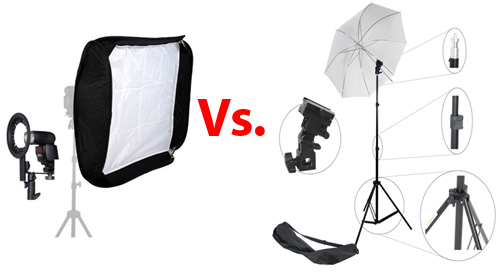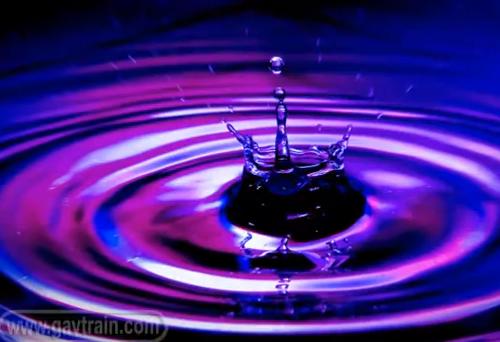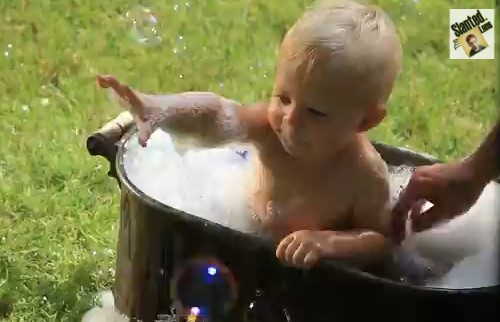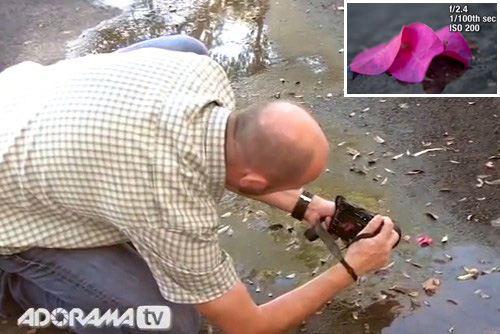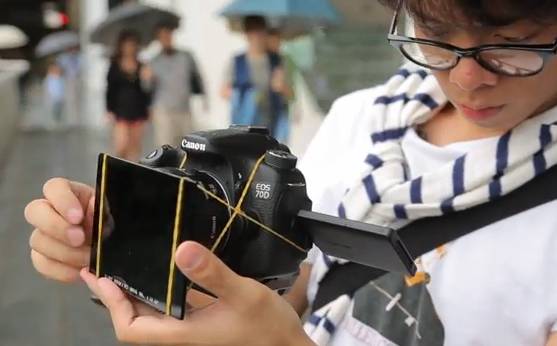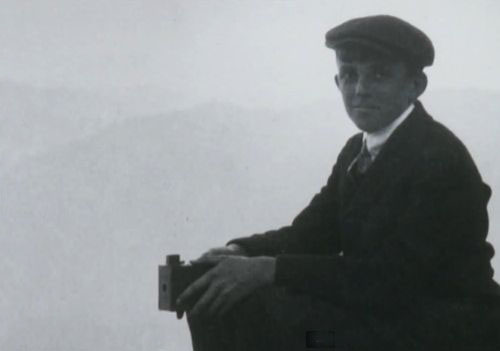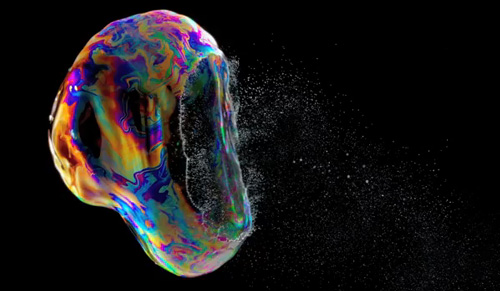
• When Science Meets Art – Fabian Oefner •
Abstract art is all around us. Some projects get deep into special ideas. Others are more about the abstracts we all miss right in front of our eyes.
{Image taken from a video below}
Art is not straight forward
Abstract photography is often about how an artist views things rather than what is shown. Abstracts bring out the artists unique view of the world. The photog isolates the special characteristics of the subject.
The nature of abstracts is…
The photographers vision of the world is often about emotion. We are able to see into a subject because we become attached to it, understand it. We try to feel its impact on ourselves and to find a way to translate that into a picture. Often such “seeing” comes from a personal study of composition and aesthetics. It helps to understand the elements of art too. These are not requirements for making abstracts. They are a base for abstract seeing. They help artists analyse and know “abstract”. However, they contribute little to creating one.
The real issue is the way that an individual artist approaches making an abstract.
Abstract art comes to those who observe more than the “whole” of something. The minute detail through to the overall view of a subject is important. Abstract artists are aware of form and shape, texture and colour and a myriad of other detail. This awareness is different in everyone. Certain details catch the eyes of some people and not others. Some forms or patterns stimulate some and not others. This uniqueness is the key to “seeing” abstracts.
By ignoring some details or components of a scene or subject, and by building up others, it’s possible to construct the ‘abstract’. This is a new entity emphasising these details and elements.
Success in making abstract photos grows with experience of, and a personal view of, the subject matter. That might be made up of a deep study of the material and behaviour of the subject. It might also be a deep response to cultural and artistic baggage in the artists character. It could be both and more.
The mystery of creating abstracts?
The emotions that commit artists to a creative act are not easy to analyse. The act of creating abstracts is difficult too. By knowing a little of our own background, interests and experience we can see how to approach their creation.
Our own creativity can develop from learning about it in others. One route to knowing an abstract artist is via their enthusiasm and commitment. In the videos below you see into the artists themselves. They may help your view of the process of making abstracts.
The first artist is Fabian Oefner. His interest is in abstracts through science. He shows a number of his projects. He explains how they came about and what was involved.
Fabian Oefner: Psychedelic science ![]()
Lester Hayes was an early maker of abstract photos. He knew very little to start. He talks about becoming involved and why he saw abstracts. Clearly there is a deep emotional commitment for him in making abstracts.
Abstract Photographer Lester Hayes Uploaded by Anthony Mournian ![]()
Next, we visit the world of Sergio Muscat. His abstracts have an organic quality. He shows his wonder of nature. He explains where he gets his vision with quotes and written comments between pictures. I became wonderfully connected to his thinking while watching.
Sergio Muscat ![]()
In the quote below he shows that photos reflect reality. But they interpret the world. His insight into abstracts is about the same plastic reality on which photography is based.
Unlike other media, a photograph is always based on a real, material origin. Rather than looking at this as a disadvantage, we should understand that this same fact makes photography the ultimate surreal medium – simply because photography, although based on reality, is very far from the truth.
Sergio Muscat – Abstract Photography – YouTube
Photos never truly show what the eye sees. This is a deep part of the ideas in abstracts.
Seeing is not knowing
We may come to know the nature of the ‘abstract’. Yet, abstracts are a fragile gossamer. Each has its own essence. Catch it and you may destroy it.
Knowing a little of the artist helps. With that we may know a little of their approach to abstracts. That way we may learn to bring it out in our own work.
Further reading on abstracts
In other articles I have looked at the nature of abstracts. For more interest, follow up on these…
- Definition: Abstract photography.
- The art in photography has old roots.
- Simple ways to create photographic abstracts.
- Abstract photography – what it is and how to do it.
Comments, additions, amendments or ideas on this article? Contact Us
or why not leave a comment at the bottom of the page…
Like this article? Don’t miss the next — sign up for tips by email.
Photokonnexion Photographic Glossary – Definitions and articles.
Abstract resources on Photokonnexion – A resource page for interest and learning
The art in photography has old roots
A minimalist guide to the elements of composition
Simple ways to create photographic abstracts
Abstract Photography
Definition: Abstract photography
Composition resources on Photokonnexion
Definition: Aesthetic; Aesthetics

Damon Guy (Netkonnexion)
See also: Editors ‘Bio’.
By Damon Guy see his profile on Google+.

